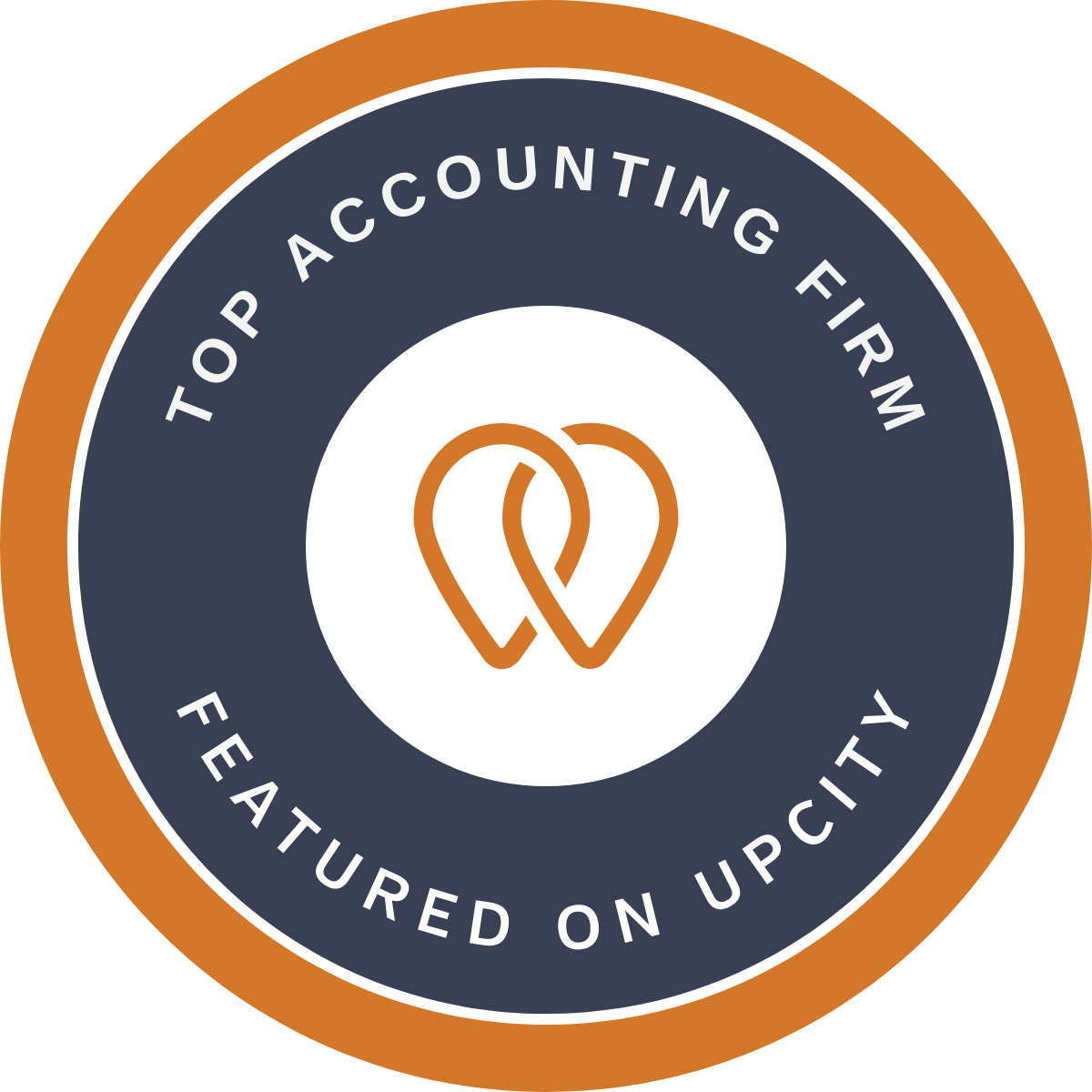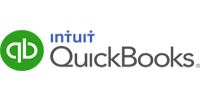How Financial Forecasting helps your Business?

Financial Forecasting :
Sustainable business growth is important for the survival of any business. But it requires a lot of hard work, planning, back-end preparation, detailed analysis, and insights, and financial analysis. However, with the analysis of past and correct financial position along with future planning, it is possible to chalk out an accurate and meaningful financial forecast. Various forecasting tools like cash flow forecasting, financial forecast, ratio analysis, etc. apply to previous and current financial figures. It acts as a benchmark for the growth and financial stability of a business. It also helps in tackling the adverse financial situation.
What is the financial projection?
Financial forecasting is a forecast of the estimated revenue and expenses of the business in the future. A financial projection provides estimated figures for the future by considering internal information such as previous income data and cost data. It also helps to predict future developments of external factors, along with the financial condition of the company.
How to get started with financial forecasting?
Follow these three steps to create a financial forecast.
⦁ Collect your past financial statements: You need to have a look at the past financial statements– The income statements, balance sheet, and cash flow statements to assess the performance and growth of your business over these years. It also helps in projecting future development.
⦁ Decide how to make a financial projection: Realistic and reliable forecasting within time is your goal. But it depends on what resource you rely on for making these projections. The forecasting usually falls between historical data and research-based data. So, depending upon the resources and your requirements, you can blend these two to make a financial projection.
⦁ Create an estimation: Once you have all the information on the table, start making forecasting. You can create projected financial statements. We also cover all three financial statements in the forecasting.
You can either use all or any of the statements. For example, if you want to forecast for your planning, you need to create a projected income statement. However, if you are going to make a presentation for the lenders or investors, we need to make all three statements.
Do you need a financial forecast? How does it help your business? A financial forecast is a blueprint for the upcoming progress of your business. It gives a more predictable future to where you want your business to grow.
Envisions the path to achieve your goals: It gives you an understanding of the current financial health of the business, along with the effect of external factors on it. It is a benchmark for future prospects and growth you want to achieve and how you can reach there. It also provides a clear path for future planning.
Builds trust and confidence in raising finance: Raising funds in time is inevitable for any business. For raising finance, the company needs to represent their financial stats to panels of investors/lenders. But these financiers are looking for a company having a clear idea of a success plan supported by facts and figures. Inform about the resources you need: A reliable forecast tells about what resources you need, the cost you are going to pay to gain resources, and when you will need them.
Key performance indicators of the business: KPIs is an indicative value that tells about performing the company regarding revenue and profits. It measures the company’s performance with a set standard to identify improvement areas. It presents real-time appraisals on the company’s important financial figures, such as Current ratio, operating cash flow.
The most used KPI that helps in financial forecasting are:
1. Operating Cash flow.
2. Current ratio.
3. Quick Ratio.
4. Burn Rate.
5. Net profit margin.
6. Gross Profit margin.
7. Working capital.
8. Current Accounts receivables.
9. Budget variance.
10. Sales Growth.
11. Vendor expenses
12. Return on Equity and much more.
13. By regulating these forecasting metrics, a business can track its profitability, sales, revenue inventory, and expenses.
Key Assumption The financial projection is all about your assumptions. So, focus on every possibility. The assumption must be based on reasoning; guessing won’t work. The assumption is the basis of your financial forecasting. Have an explanation for any assumption you make. How? Be cautious of the assumption you include in the forecast. Explore all premises until you clearly understand why you picked that. Record every transaction assumption used in financials so you can refer to it.
Thorough explanation of the premises to others. Successfully explanation of your thought process and logic that you used to decide on particular premises. Thorough research and reference data to back your assumption.
How can we help you in forecasting?
Meru Accounting has helped many companies across the globe in developing reliable and realistic financial forecasting. Our professional team of experts has served almost every industry. We use our methodologies, research experience combined with market expertise to present reliable forecasting.
In Meru Accounting, we help our clients in gathering relevant information in a systematic approach to them in better decision making. We use cloud-based software that streamlines the financial forecasting process. Get realistic financial forecasting with us.
Cloud accounting software has made forecasting easy and handy. Some of the best apps for cash flow forecasting are:
I. Float: It is software that helps in cash flow forecasting and management that provides a real-time picture of the cash flow of the business. It also helps to plan for what-if scenarios and make a well-informed decision in the future.
II. Firstly: It helps small businesses and accountants to understand the finances of a business. It helps in managing cash flow and takes the right decision regarding cash flow management.
III. Fluidly: It is a useful cash flow tool that manages cash in, cash- out, and everything between it. Business, financial advisors, and accountants can watch its webinar presenting how it’s useful to manage cash flow.
IV. Spotlight reporting: It offers a wide variety of cloud-based tools that help the accountant and small business and bookkeepers for better decision making. It also provides a wide range of reports, dashboards, and forecasts that help in managing finances.
V. Ratios that you need to watch out while forecasting:
VI. Net profit ratio: It is the ratio of net profit divided by the net revenue of the company. It helps in measuring the overall profitability of the business. Net profit represents what portion of revenue is available for the business owners. It also reflects the efficiency of the business operation. So, is a crucial ratio for any investors or financiers.
VII. Currents ratio: It is a measure of liquidity that determines whether a firm has sufficient funds to meet its short-term obligation within one accounting year. Therefore, it is a crucial ratio for investors and analysts to tell how a company maximizes current assets to satisfy its current liabilities.
VIII. Liquidity ratios: It is a financial metric that helps to determine whether a company can meet its short-term obligation without raising external capital. There are three liquidity ratios-Current ratio, quick ratio, and operating cash flow ratio.




















